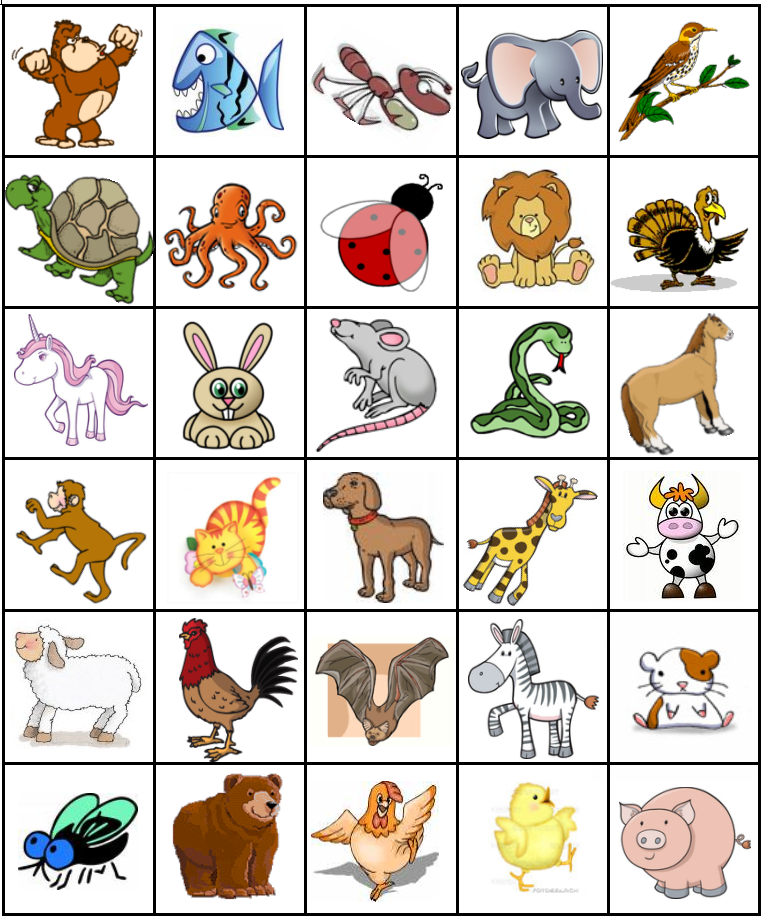1.4-Software-Development-Principles
Generic Memory
Introduction
An “easy” game to play on a computer is memory. The player(s) are presented with a grid of “tiles” with images. During a players turn they are allowed to turn over two tiles and look at their images. When the images match the players scores a point and may guess to new tiles. When the images don’t match the turn goes to the “next” player.
To play a single player game, one might count the total number of guesses.
For this game we suggest using either a native array, or an array list.
You may ask what the point of this exercise is. Well, we want you to design your memory class in such a way that it supports the following features:
- Anything can be a tile, letter, digit, image, sound, calculation & answer, word in french & its translation, etc.
- Encapsulation is absolute. Only the guess a tile method can access the content of a tile. No other class can have access in any other way.
- To draw the state of the board provide the
Memoryclass with aVisualisationclass that can draw or print as needed. - We also want to save the content of the game to a json file. Allowing users to continue playing. (Effectively, edititing that file will be the only way to manipulate the tiles.)
Assignment
 The tiles may contain different images:
The tiles may contain different images:
But to make things easy, one might start with just letters, digits, colors or words.
Design your memory in such a way that the datamodel allows for various types of data using generics!
Shuffling your “tiles”
Depending on the size of the board, you must end up with an even number! (Please take your time to think about this.)
Dividing by two tells you how many different “images” (or words, of symbols, or colors) you need.
- Create an indexable list of all your images
- For images, read words, symbols, etc.
- Create an array with numbers 0 through N-1.
- Here N is the number of different “images”.
- Each number must occur twice.
- Shuffle this array too.
The second array tells you which tiles are located where on the board. The stored values are the index of the “image” on the tile.
Random images (optional)
You can create an additional array with numbers 0 through I.
- Here I is the number of images available to you.
- Shuffle that array.
Rather than looking up the tile immediately, you may read a number from this new array. This way you look up a random image for this game, so that different games may use different images.
For each game only the first images are used. Rather than shuffling the actual content, you can shuffle this index array. Allowing all images to be used even when there are only some images needed.
Actual images
We Very Strongly advise you first use letters and
just print the grid using System.out.
This way you can ask for input and show the two selected “tiles”.
Later on you may want to use the SaxionApp to actually show the tiles, and the corresponding images when chosen.
Saving your game
Using JSON
Add the ability to store:
- The current state of the board
- The number of guesses so far
- The number of tiles that have been guessed
- Optionally whose turn it is.
Using a database
Provide a high score system. After playing, and using only a few guesses, players should be allowed to type in their name. This is then stored to the database. And after (or before) each game you can show the top 5 players, their score, and the date on which they played…
Conclusion
Here is an assignment that uses many of the skills youhave learned over the last year. Have fun!